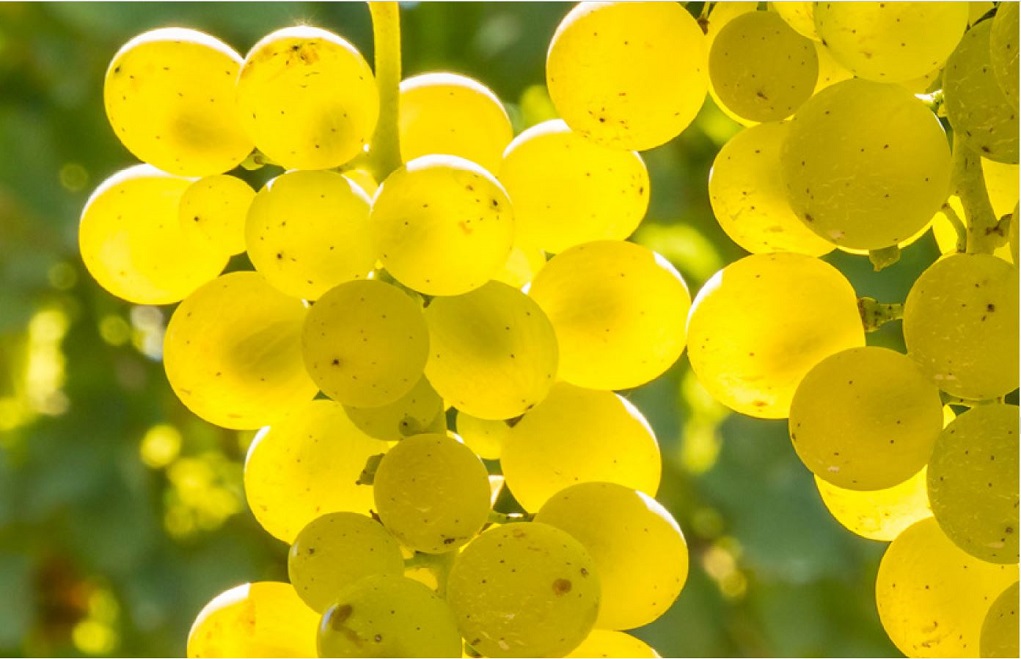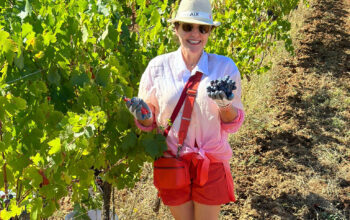If you search for Pinot Blanc on the internet, you quickly come across terms like 'maverick' or 'wallflower'. Indeed, this grape is not the rock hero that will leave you in bewilderment. Yet he is certainly not the least of these, definitely not a loser. Far from it, because this grape actually has particularly noble genes. And does a winemaker know what to do with it? Then you can get ready for pure class. - TEXT HUIB EDIXHOVEN
Whereas grapes such as sauvignon blanc, viognier, riesling and gewürztraminer really have their own distinct character, pinot blanc is more of a grape that is a bit more in the background
likes. It is not a showy type, rather humble. No striking fruit flavours or crackling acids that give Pinot Blancs a distinctive style. Perhaps this is why you won't easily hear someone say Pinot Blanc is their favourite wine. It is also rare that a restaurant-goer or wine shop customer asks specifically about this grape. Well, with one exception then: during asparagus season, because Pinot Blanc and white gold form a classic, successful duo.
Roots and style
Modern techniques sometimes give unexpected outcomes and interesting insights. Also in wine country. One such outcome is that modern DNA technology has shown that pinot blanc is nothing more and nothing less than one mutation away from pinot noir, the extremely popular and fashionable blue grape. What does this mean? That the different pinots are actually just the same grape. You could call that surprising, to say the least. After all, you don't have to be a connoisseur to taste the difference. In fact, you don't even have to taste it, you can tell immediately. Then again, genetics has more surprises. For instance, that humans share 60 per cent of their DNA with a fruit fly or, even more bizarrely, that we share 50 per cent of our DNA with the banana. It would almost make you crooked. Be that as it may, pinot blanc originated from a spontaneous mutation in the DNA of pinot noir. You might not expect these noble genes at first glance, but as is often the case: still waters, deep grounds.
Curious about the whole article? You can read it in Winelife 72. Order this one here!
Don't want to miss a single edition? Subscribe then subscribe to Winelife Magazine now!
Want to stay up to date with the best articles? Follow Winelife magazine on Instagram, Facebook and sign up for our fortnightly newsletter.




